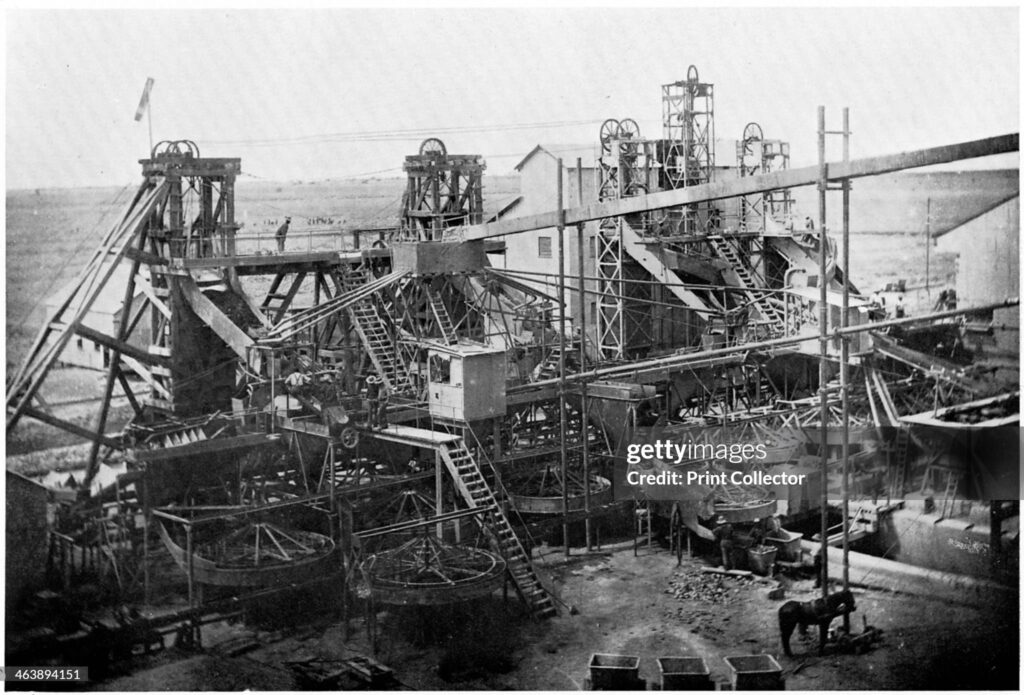
When one thinks of the diamond industry, the name Sir Ernest Oppenheimer inevitably comes to mind. A towering figure in the history of diamond mining and trade, Oppenheimer’s impact on the industry is profound and far-reaching. His story is one of ambition, innovation, and an unyielding vision that transformed the diamond business into a global powerhouse.
Early Life and Career

Ernest Oppenheimer was born on May 22, 1880, in Friedberg, Germany. His early career began in London, where he worked for Dunkelsbuhler & Company, a diamond brokerage firm. It wasn’t long before his talent and keen business acumen were recognized, and in 1902, at the age of 22, he was sent to Kimberley, South Africa, to oversee the company’s interests in the burgeoning diamond mines.
The Birth of Anglo American Corporation
In 1917, Oppenheimer founded the Anglo American Corporation, a mining company that would become one of the largest in the world. His vision was to consolidate various mining operations and streamline production, ensuring a steady and reliable supply of diamonds. This move was instrumental in stabilising the diamond market and laid the groundwork for his future ventures.
De Beers Consolidated Mines
Oppenheimer’s most significant contribution to the diamond industry came in 1927 when he took control of De Beers Consolidated Mines. Under his leadership, De Beers transformed into a diamond monopoly that controlled the majority of the world’s diamond production and trade. Oppenheimer’s innovative marketing strategies, including the famous slogan “A diamond is forever,” helped to solidify diamonds as the ultimate symbol of love and commitment.
Innovation and Synthetic Diamonds
Oppenheimer’s influence extended beyond natural diamonds. He was a key figure in the development of synthetic diamonds. Understanding the potential for industrial applications, Oppenheimer invested in research and development to create synthetic diamonds for use in cutting, grinding, and drilling. This move not only expanded the market for diamonds but also demonstrated Oppenheimer’s forward-thinking approach to business.
Legacy and Impact
Sir Ernest Oppenheimer passed away on November 25, 1957, but his legacy continues to shape the diamond industry. His contributions to the consolidation and stabilisation of the diamond market, as well as his foresight in promoting synthetic diamonds, have left an indelible mark on the industry. De Beers remains a dominant force in the diamond trade, and the practices Oppenheimer established continue to influence the business today.
Oppenheimer’s story is a testament to the power of vision and innovation in transforming an industry. His ability to see beyond the immediate and invest in the future has made him a pivotal figure in the history of diamonds. As we look to the future of the diamond industry, Oppenheimer’s legacy serves as a reminder of the enduring impact one person can have on the world.

